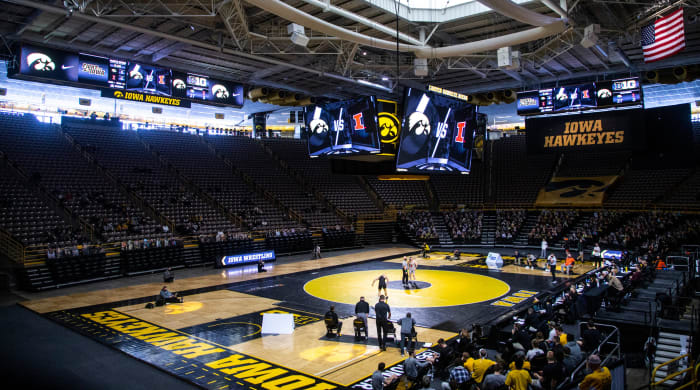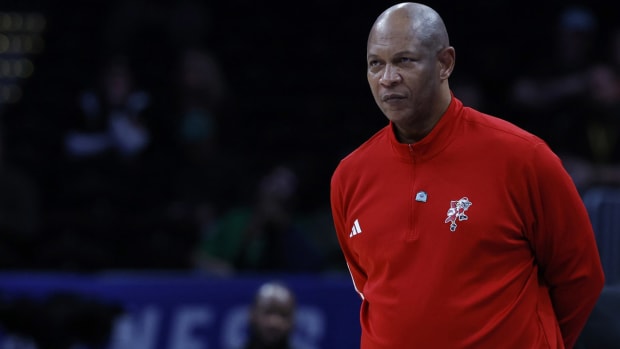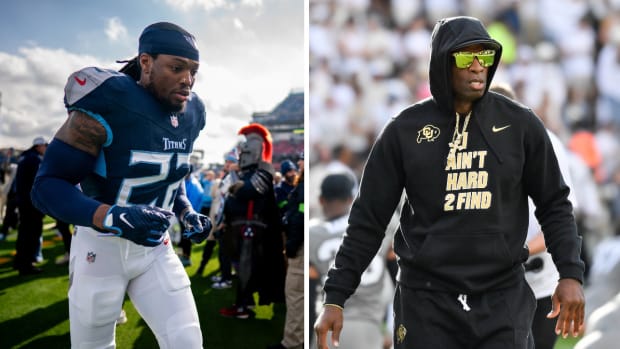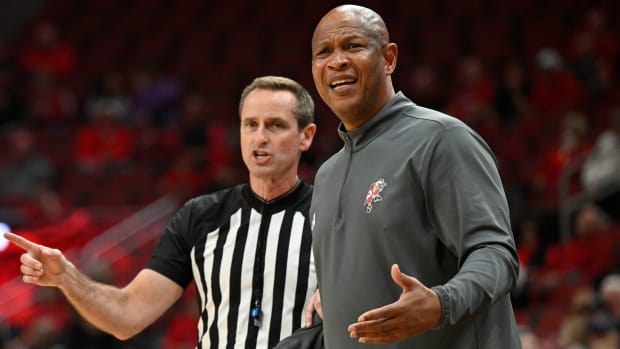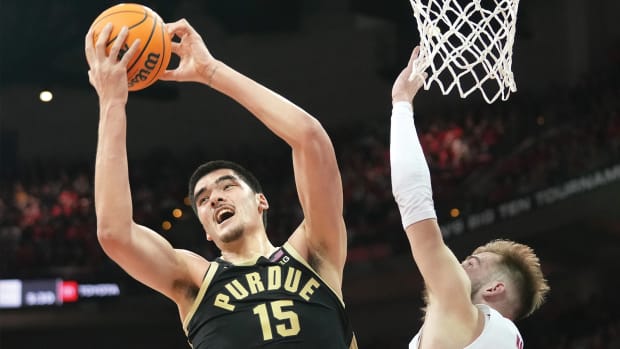Growth of Women’s Wrestling Leads to First Division I Program
In a place like Iowa, sports are everything. No matter who you are or where you come from, sports are what unifies the state—unless you are rooting for the rival team. One of those sports is wrestling. One might even say that Iowa has a unique position in the wrestling community.
One school in particular—the University of Iowa—produces some of the top wrestling athletes in the world. And on Sept. 23, the school announced the addition of a Division I women’s wrestling program, making the Hawkeyes the first Power 5 school to do so. The team will begin competition in the 2023–24 season.
This historic announcement will benefit many girls and young women as they progress in their wrestling careers. Adding women to the Hawkeyes accomplished program is a step in the right direction toward representation and success of women athletes participating in non-traditional women's sports.
“Three years ago we had 100 girls,” says former collegiate wrestler and coach Jim Miller when talking about the number of female wrestlers in his home state of Iowa. “Then we had 225, and this past year we had 357 at the state tournament, unsanctioned. It’s grown so much.”
In the 2018–19 school year, 21,124 girls across the U.S. wrestled at the high school level—a 22.9% increase from the year before. As women’s wrestling continues to grow, there has been an effort to give it emerging sports status recently.
The history of women’s collegiate wrestling goes back to the mid 1990s, when the University of Minnesota-Morris put together the first women’s team in the 1993–94 season. A handful of schools followed in their footsteps and by the end of the season, coaches were calling for a women’s only end-of-year tournament.
That tournament however didn’t come for another decade. With support from USA Wrestling, Missouri Valley College hosted and won the championship in 2004. Four years later, a governing body emerged: the Women’s Collegiate Wrestling Association.
Since the creation of the WCWA, there have been championship tournaments hosted every year for women’s wrestling. It has helped create a pipeline into USA Wrestling and has exposed women wrestlers, giving them the opportunity to compete in events as high as the Olympics. The WCWA is leading the campaign in petitioning for emerging sports status from the NCAA.
“Dan Gable [former Iowa coach] loves that we have made an impetus on women’s wrestling,” Miller says. “Women’s wrestling probably saved our sport from staying in the Olympics when [wrestling] almost got canceled a few years ago.”
Today, there are 45 women’s intercollegiate wrestling programs. More and more schools are looking to add programs to a rapidly growing sport. One of the newest schools to highlight women’s wrestling is Sacred Heart University in Connecticut—this will be its inaugural season. As another young, emerging program, head coach Paulina Biega has the utmost confidence in her squad.
“I am here for my athletes, and I want to help them get better,” says Biega, who brings knowledge as both an athlete and a coach to her new team.
Biega also notes how awesome it is for the sport that Iowa will be starting its own program soon.
“Just adding a program will lead to us seeing a spike in women’s programs being added at other big schools,” Biega says.
Iowa is deemed as one of the best places for men’s collegiate wrestling in terms of success, history, facilities and culture. Because of that, it seems like the best place to expose the sport to women who have never seen it or tried it themselves. Now a whole new fanbase and appreciation has the power to grow, develop and start the movement for a new women’s sport sanctioned by the NCAA.
Mackenzie Meaney is a contributor for GoodSport, a media company dedicated to raising the visibility of women and girls in sports.
